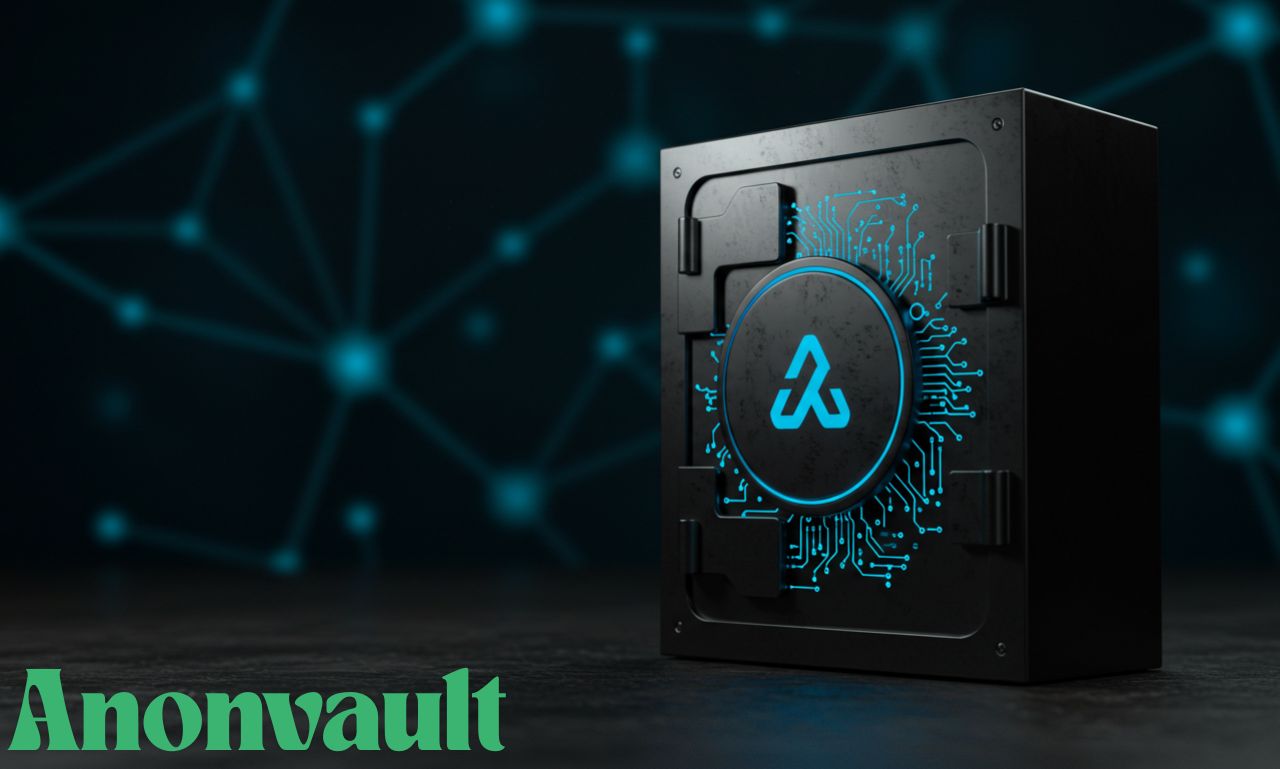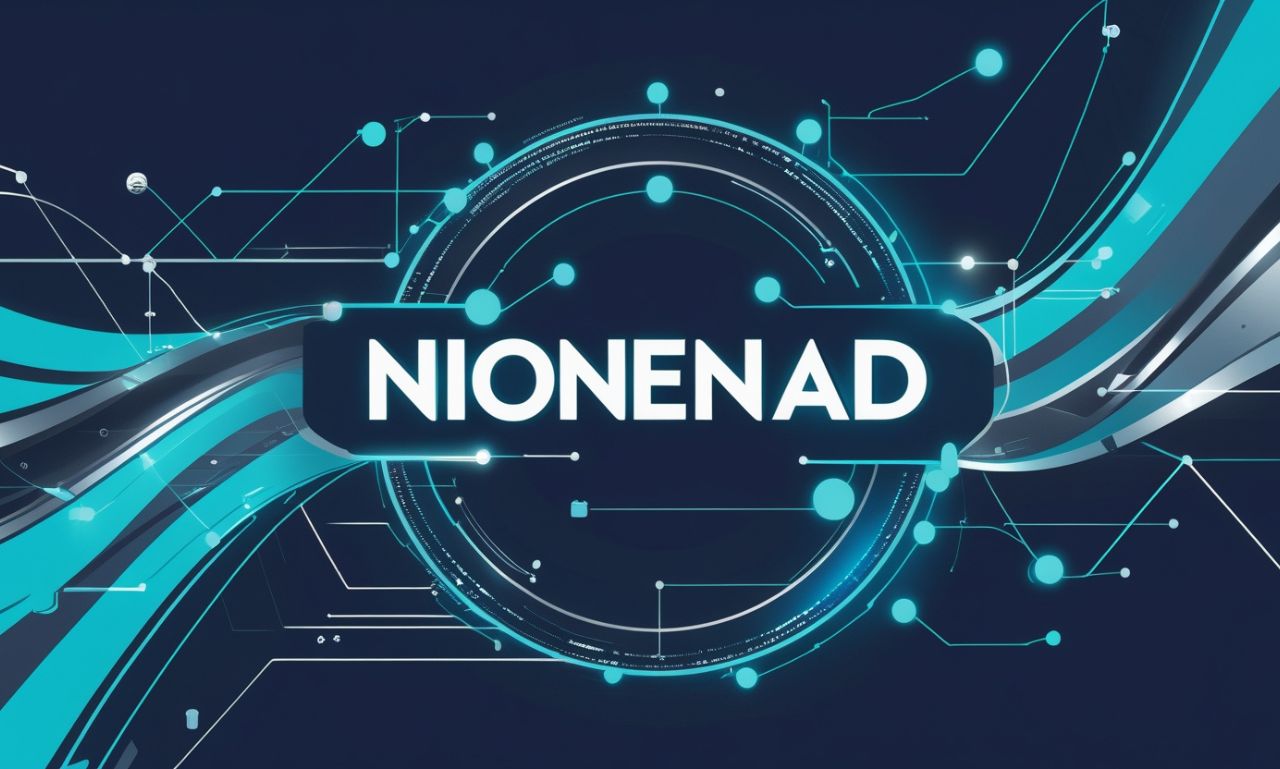In the age of surveillance, data breaches, and centralization, digital privacy has become a pressing concern for individuals and organizations alike. Enter Anonvault — a next-generation, decentralized, and anonymous data vault designed to provide bulletproof security for digital assets, personal information, and sensitive files. With growing awareness about the importance of privacy, anonvault offers a compelling alternative to traditional cloud-based storage and centralized platforms.
In this article, we’ll explore what anonvault is, how it works, and why it’s quickly gaining recognition among privacy advocates, cryptocurrency holders, developers, and anyone looking to protect their data in a truly anonymous way.
What is Anonvault?
Anonvault is a privacy-first, decentralized data storage and digital vault solution that enables users to store encrypted content—such as documents, private keys, personal files, and digital assets—without revealing any identity. Unlike typical cloud services like Google Drive or Dropbox, anonvault requires no email, phone number, or personal details to access or use its services.
Built on decentralized storage technologies like IPFS (InterPlanetary File System) and blockchain authentication, anonvault puts full control back into the hands of users, ensuring that no third party—even the service provider—can view, edit, or access stored content without the user’s permission.
Key Features of Anonvault
Anonvault isn’t just a secure locker; it’s a full-fledged privacy platform designed to meet the needs of modern digital users. Here’s what sets it apart:
1. True Anonymity
Users can sign up and operate their anonvault without submitting any personal data. Instead, access is granted via cryptographic keys or zero-knowledge proof systems.
2. End-to-End Encryption
Every file stored in anonvault is encrypted on the client side before being transmitted or stored. This ensures no plaintext data ever leaves the user’s device.
3. Decentralized File Storage
Anonvault leverages decentralized protocols to fragment and distribute data across a global peer-to-peer network. This ensures redundancy, resilience, and immunity to single-point-of-failure attacks.
4. Multichain Support
Users can link their anonvault with blockchain wallets (like MetaMask or Ledger) to store NFT credentials, DeFi documents, and crypto-related data securely.
5. Time-Locked Vaults
Advanced users can create time-sensitive vaults—files that can only be accessed after a set duration or expire after a period of time.
6. Token-Based Access
Some versions of anonvault enable sharing via token-gated access, ideal for decentralized autonomous organizations (DAOs), NFT projects, or private communities.
Use Cases for Anonvault
Anonvault has a wide range of applications across industries and user types:
Cryptocurrency Holders
Store private keys, seed phrases, and wallet backups in an encrypted environment without relying on physical copies or centralized servers.
Journalists and Whistleblowers
Safeguard sensitive communications, recordings, and documents without fear of surveillance or exposure.
Enterprises and Startups
Protect trade secrets, product roadmaps, legal contracts, and API credentials with multi-layered security protocols.
Everyday Privacy Advocates
Use anonvault to store personal photos, messages, passwords, and files away from prying eyes and data-harvesting algorithms.
How Anonvault Works
Here’s a simplified step-by-step look at how users interact with the anonvault platform:
Step 1: Anonymous Access Creation
Generate a decentralized identifier (DID) or use an Ethereum wallet to access anonvault services. No need for emails or phone numbers.
Step 2: File Encryption & Upload
Files are encrypted using AES-256 encryption and broken into small shards. These are then distributed across a decentralized network.
Step 3: Private Key Storage
Your decryption key is stored locally or with a connected hardware wallet. Only you can decrypt and retrieve your data.
Step 4: Retrieval or Sharing
To access your vault, sign in with your cryptographic credentials. You can optionally create time-locked links or grant access using blockchain tokens.
Why Anonvault Matters in Today’s Digital World
Data Centralization is a Risk
From Facebook’s Cambridge Analytica scandal to countless cloud data breaches, centralized platforms have proven to be vulnerable and often careless with user data. Anonvault addresses this risk by eliminating the need for a central authority altogether.
Control Over Data = Control Over Identity
By giving users full control over what they store, access, and share, anonvault shifts the paradigm from “permissioned privacy” to “sovereign privacy.”
Censorship Resistance
Anonvault is built with decentralization in mind, making it incredibly difficult for governments or institutions to block access, remove content, or trace activity.
Security Infrastructure of Anonvault
Anonvault’s architecture is grounded in the following technologies:
-
IPFS (InterPlanetary File System): Decentralized file storage protocol.
-
Blockchain Anchoring: Timestamps and hashes recorded on-chain for verification.
-
Zero-Knowledge Proofs: Allow authentication without revealing any private information.
-
Client-Side Encryption: Ensures that only users can decrypt their stored content.
Regular audits, community testing, and open-source transparency are core parts of the platform’s ongoing security development.
Limitations and Considerations
Despite its strengths, anon vault has a few considerations:
-
Loss of Private Keys = Permanent Data Loss
There is no “forgot password” feature. Users must manage their own keys. -
Learning Curve for New Users
Cryptographic systems can be intimidating for non-technical users, though user-friendly interfaces are improving. -
Storage Costs on Decentralized Networks
Depending on file size and storage duration, there may be token-based costs for uploading large volumes of data.
The Future of Anonvault
Anonvault is not just a product—it’s part of a broader movement toward decentralized digital sovereignty. Its roadmap includes:
-
Mobile App with Biometric Encryption
-
Integration with Web3 social platforms
-
Enterprise-level collaboration features
-
Multi-sig vaults for teams and DAOs
With growing support from privacy communities, blockchain developers, and security experts, anon vault is well-positioned to be a central player in the privacy infrastructure of Web3.
Conclusion
In a digital age where personal data is bought, sold, and leaked with alarming frequency, anonvault offers a refreshingly secure, private, and anonymous way to control and protect your most valuable digital assets.
Whether you’re securing crypto keys, shielding sensitive documents, or simply reclaiming your right to privacy, anon vault makes it possible—with no compromises.











